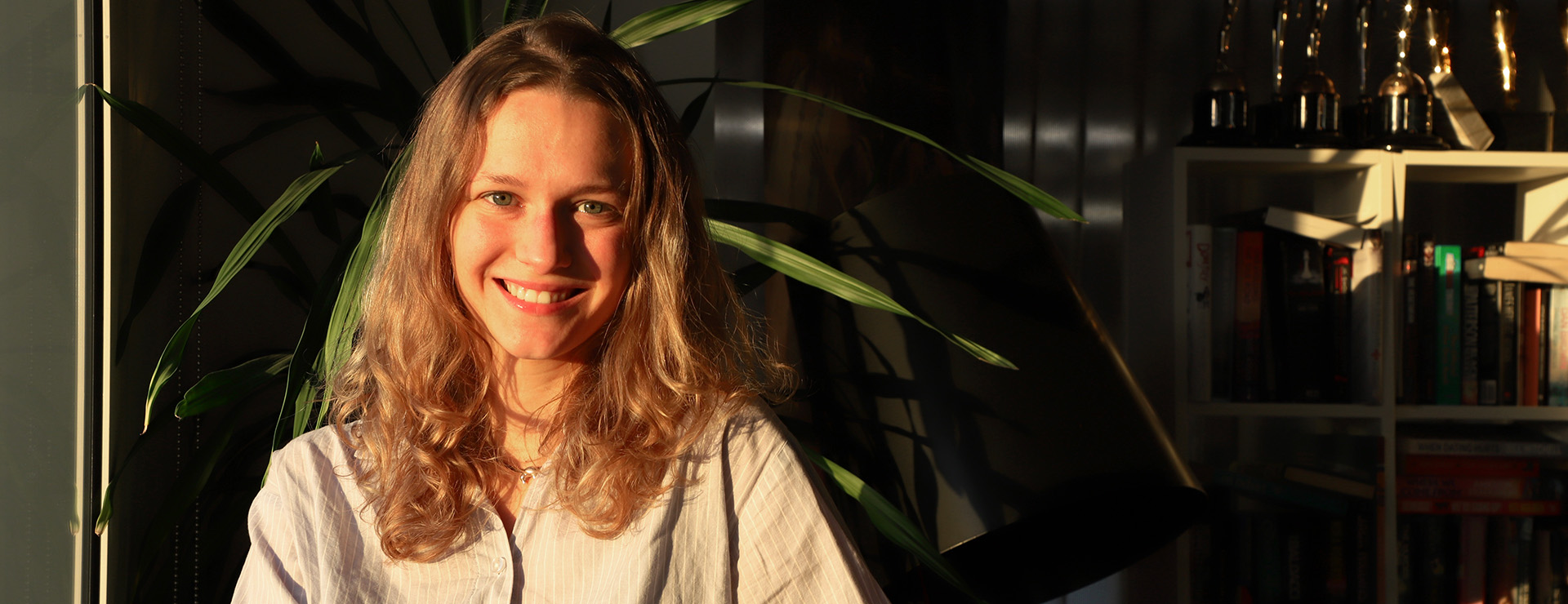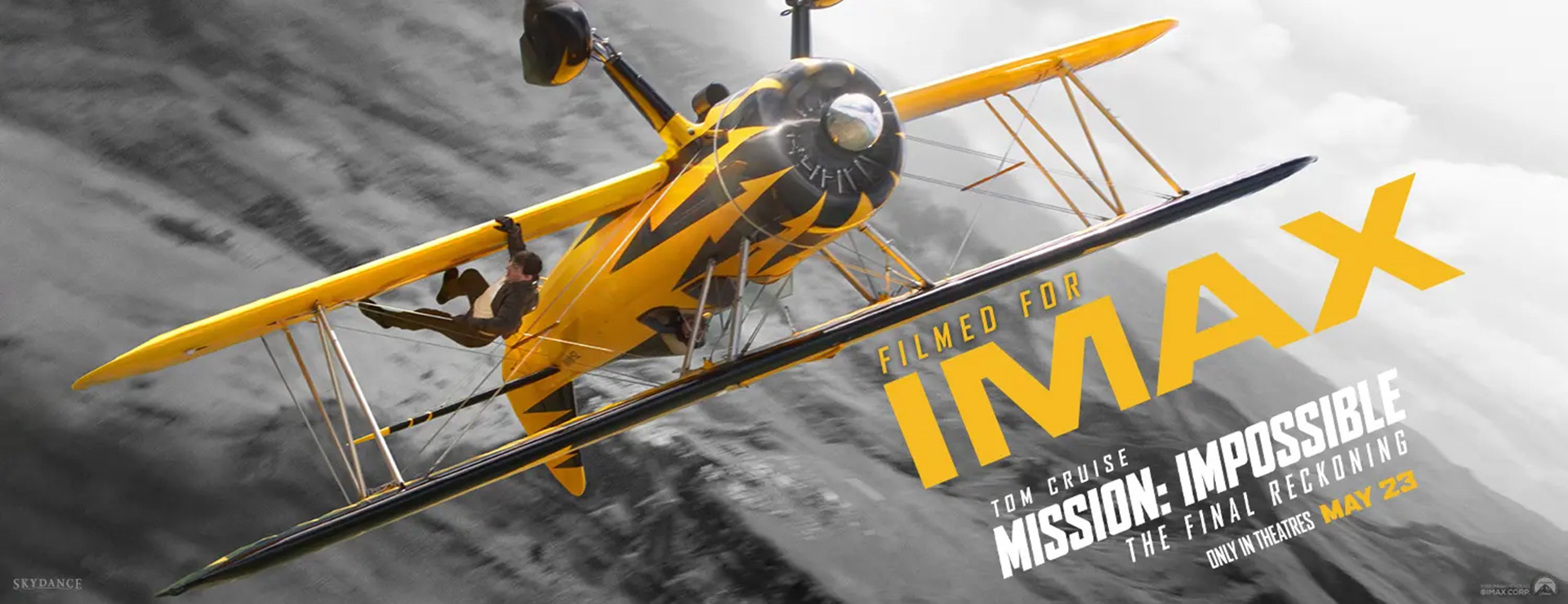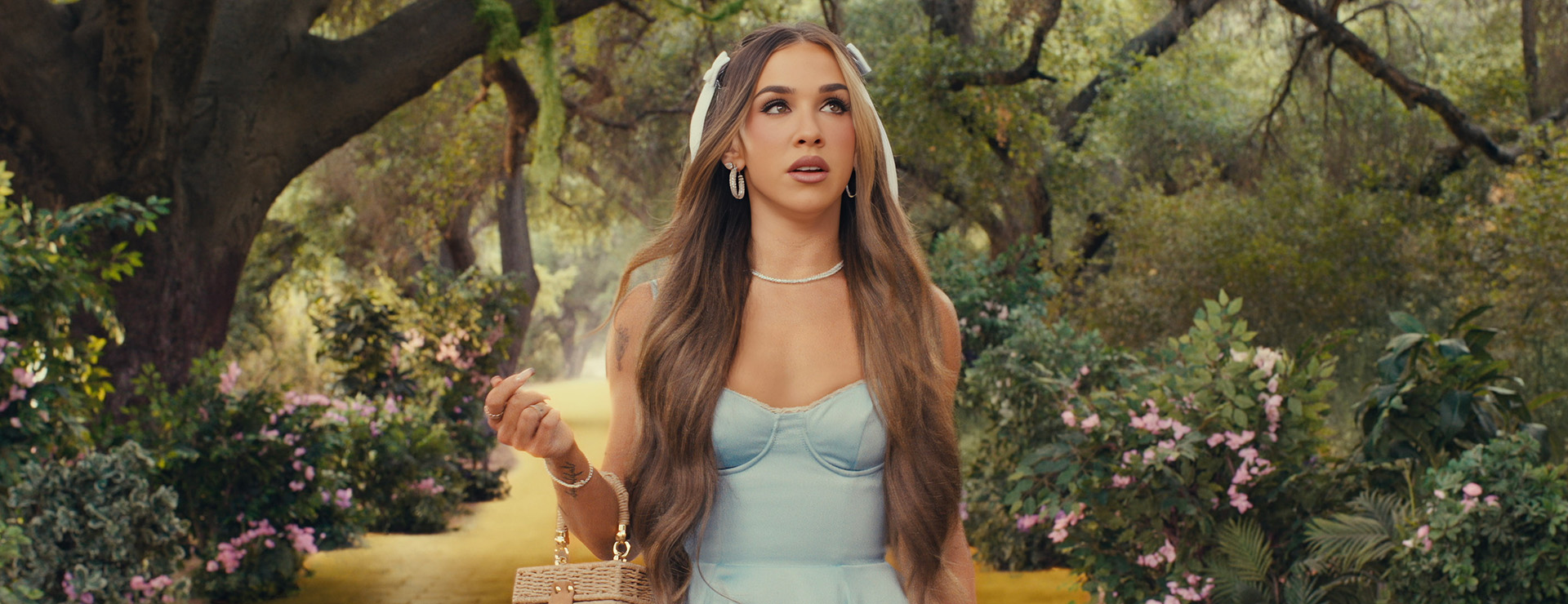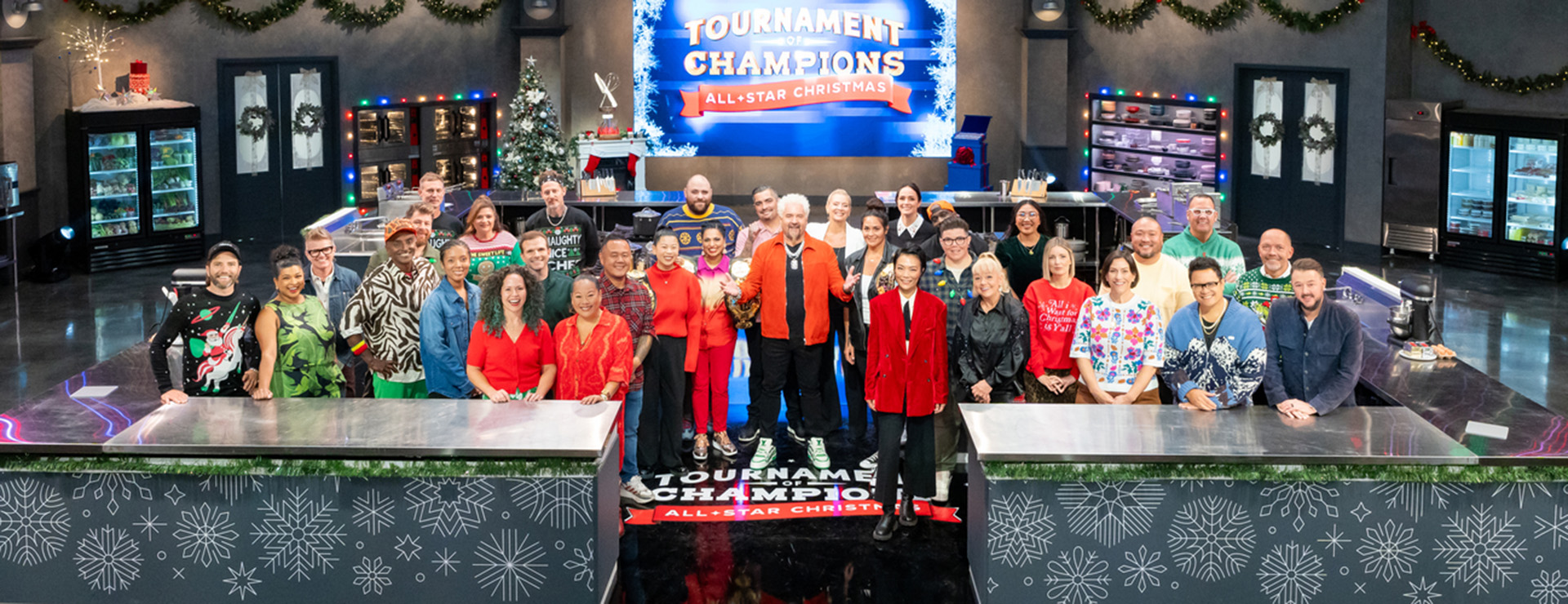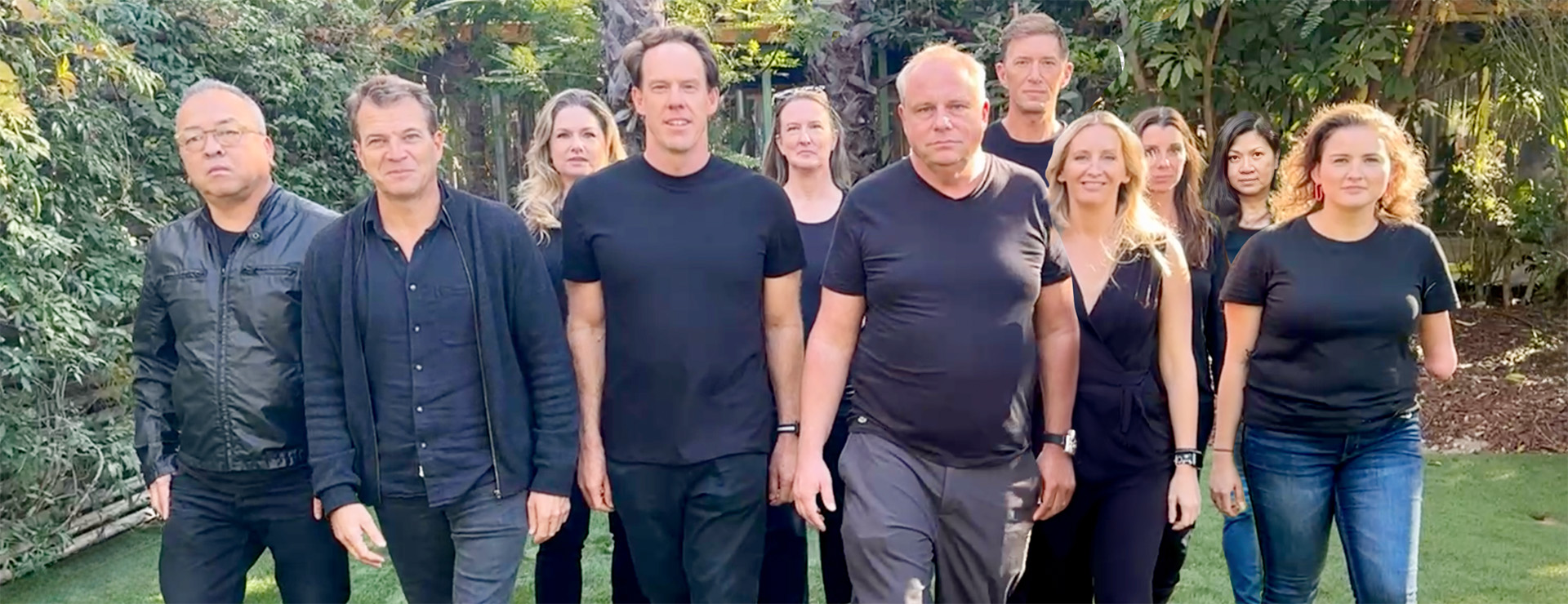Gaming brands ignore existing fans at their own peril, says Brien Holman, co-founder and chief creative officer at Los Angeles- and Seattle-based agency We Are Royale. WAR, as it likes to be called, has been designing and executing campaigns for such video games as Fortnite, Final Fantasy and Overwatch for years now.
Holman joined Spotlight to discuss what he’s learned about the value of always keeping the fans in mind no matter what the campaign's goal is – whether that’s branding, acquisition or just engagement. And few fans are as engaged as gamers.
Read on for the full edited interview with Holman.
Spotlight: Tell us about We Are Royale’s new manifesto.
Brien Holman, co-founder and chief creative officer, We Are Royale: It’s a combination of who we are as a company, work we have done and clients with whom we’ve worked. There’s this conversation around fandom that I think is core to who we are as a company. I feel like that is where marketing is going right now. We do a lot of work in entertainment and gaming so maybe it’s just a function of us working in that space. But I’m seeing that companies are trying to tap into the fandom and the community and then build out campaigns and marketing from there.
Consumers are super savvy. They know when brands are trying to speak to them and they also know when brands are trying to cheap out. If brands aren’t going to care enough to make a thing that’s awesome, then why is the community going to care about them? At We Are Royale, we blur the lines between being an agency and a production company. When clients come to us, we are genuine fans of the stuff that they do. It makes it much easier when you are a fan.
We work with Square Enix all the time. We’re working with them on Final Fantasy 14, and we play and love that game. When we're ingrained in the IP because we're gamers ourselves, that makes it really easy. It means we can speak the language of the community, and hide little Easter eggs or nods towards the community because we know what the community is doing.
I almost feel like I need to hire a community manager who is ingrained in the community of products that they are servicing to help us gain those insights.
Spotlight: How do you define fandom?
Holman: Fandom is the community of people who really dig into and live with the IP, the property, and play it every single day and really get into the grain of it. There’s a difference between community and fandom. Fandom is rabid. Riot Games has a fandom that is die-hard. They know what’s going on and they’ll tell you when something is wrong.
Spotlight: What does servicing the fandom look like and how does it differ from standard promotion?
Holman: I think it parlays into a second pillar of what I'm trying to do with our new manifesto. It's that marketing can't really just do one thing anymore. There's no silver bullet, and campaigns have multiple layers. So when you're talking about an upper-funnel acquisition campaign, where you are trying to get new players, you are also trying to funnel them into the community so that the community can evangelize to them what’s awesome about the game.
Some 90% of this market is live-service games – games that are updated and played for many years like Fortnite or League of Legends or Final Fantasy. Anyone else who drops a game is dropping it to a small fraction of the player base because it’s really hard to tear people away from their live-service game of choice.
Even acquisition campaigns need to be catered more towards the fandom and grow out from there. You do that by knowing what they’re talking about and what the hot-button topics are. If you know what the community is excited about, you can make something for them, even if it’s just a social offshoot of the main campaign. It doesn’t need to be hard by any means. You don’t need to reconcept your entire campaign. You just have to service the existing fandom a little bit as you’re trying to gain a bigger audience. The flip side of the coin is that if we completely turn our backs on the community and just seem like all we’re trying to do is get new players, that’s perceived as a cash grab. The community does not like that, so you always have to speak back to the community in some way.
There are still campaigns that go out there that are just surface level, that don’t acknowledge the communities at all. I've seen so many RFPs (request for proposals) that don’t acknowledge the core fandom in some way, or it's on me as a company to pitch back what was in the RFP and do an add-on that branches off into social so that the community can be serviced a little bit. It’s a simple thing that should be happening all the time.
Spotlight: How do you approach an acquisition campaign differently than a campaign that’s promoting a new expansion?
Holman: In an expansion campaign, we’re talking to players who are already playing. We’ve experienced this with Final Fantasy. It’s easier to do expansion than acquisition because in expansion, you are directly talking to the community and all you need to convince them to do is play. That’s a much easier sell and it means you can do a lot more to service the community.
For Dawntrail, which was an expansion last year for Final Fantasy, we made a whole alternate reality game that was a mock travel website to this new continent that players would be visiting. We treated it like a summer vacation. We built a board of tourism that included all of these inside jokes with the community.
The traditional way of going about that is you do some celebrity talent tie-in. The influencer angle is a really good way to reach out and diversify the audience. We worked with Rhys Darby, an actor and comedian who has appeared in such shows as Flight of the Conchords and Our Flag Means Death, who played the interim deputy director of Turalism.
That helped bridge the gap between current players, who loved it because even hiring Rhys Derby was kind of an inside joke. Ultimately, the community loved the campaign so much that Square Enix placed Rhys Darby's character from the marketing campaign into the game as a non-playable character (NPC).
Spotlight: One of things you say in your manifesto video is that you want to “empower brands to grow alongside the fandom.” How are you empowering brands to grow in ways that they previously weren’t?
Holman: It’s about retaining the existing fans as well as attracting new ones. Just looking at the RFPs that we’ve been getting and the kind of campaigns we’ve been pitching on and building, I feel like there’s a lack of really digging into the community and giving them something to rally behind. If you lose sight of that, you’re not growing the community as much as you could. It’s not just about making a 30-second commercial and then a cut-down of that commercial to put on social. The tools that we want to try and build for our clients are something more sustainable than that. Maybe it’s a social campaign that they can keep updating alongside the game so it becomes a tool for them to stay in conversation with their community. Or maybe it’s community watch parties that we can brand as an event, where we funnel more design and branding essence into it to create an awesome experience for the community.
The normal RFP still is, after all of these years, a request for a 30-second spot and a 15- and 10-second cutdown that they then plan to use for social. I see a lot of talk about transmedia marketing but it’s still really just rendering one thing over here and cutting it down and putting it over there. I don’t think that’s good marketing.
Spotlight: How do you think companies working with agencies can improve their approach to true transmedia marketing while staying on budget?
Holman: I think it’s being open to diversifying your spend. It doesn’t cost that much to take a campaign and then translate that into social in a way that makes sense for the community. And it doesn’t even necessarily have to be on social, it could be on the website.
The whole transmedia aspect of the Dawntrail campaign was a small fraction of the whole budget. It’s so worth it to do that. The core deliverables on RFPs tend to need to be expanded upon. Brands just need to be open to how they can parlay assets across other platforms.
Spotlight: Do you think the obstacle for brands is the fear of going over budget?
Holman: Yes, but usually within that budget, I can think of ways to save money and use it for the social team.
I feel like a lot of brands are still fragmented. The social teams don’t have their own budgets. So when I try to suggest doing anything other than spending your money on broadcast, that’s still a thing. It's still a conversation that we have all the time with our clients that to breed efficiencies and save money, you have to consolidate the campaign. Give us all of the parts and pieces, and then we can build something awesome. That's how you save money.
But often they still have a social media agency that just does the social media, and then they have the traditional marketing agencies, which we oftentimes are, stepping in on the traditional marketing side and the social media agency is now going to rely on the stuff we produce and design to get their job done, or they're producing something that's completely different and the different sides of the campaign are not talking to each other. All of that still exists and it’s surprising to me.
Spotlight: How much game marketing do you think is placed on influencers’ shoulders? How does what you do dovetail with what the influencers are doing?
Holman: That’s happening more and more. And maybe that’s a good thing. That actually says that the clients are opening their eyes a little bit more and we’re being engaged to deal with some aspect of a campaign that has influencers in it. That is a way of tapping into your community and being genuine about it. And even then you can’t be too heavy-handed with it.
Spotlight: What role are you seeing AI play in all of this?
Holman: There’s such a difficult ethical barrier to go up against. But from a practical standpoint, I think what everybody and their mother and our clients are using AI for is to create a really good reference of what my creative idea is. Then once that gets chosen, we have to make it.
It’s actually really awesome that we can come to the table with something that feels like it’s illustrating where you want to go and then you have to responsibly bring on artists you need to make it.
When I started WAR, we were at the tail end of compositing in Flame and now it’s just After Effects. That disrupted the industry a little bit. What we’re looking at right now is disrupting it a whole bunch more. But at the end of the day, no matter what technology you have, you need to filter it through a human being.
Our job as marketers is to cut through all of the AI nonsense that's out there. We've been in the information age for a while but it's almost like the disinformation age right now. It’s also the age of creativity, in a way, because everybody has the tools to imagine whatever they want to imagine. That just means the world is going to be blanketed in noise. Our job as designers has always been to cut through noise. That’s what we know how to do.






